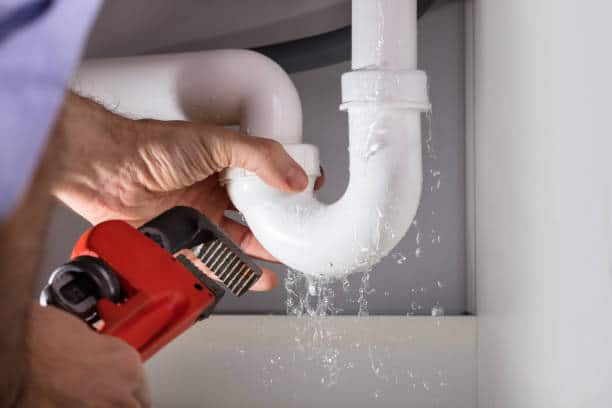Leaky plumbing is one of the most common, and troublesome, household maintenance issues that many homeowners face. But while it may seem like a daunting task to locate and repair those pesky leaks, it doesn’t have to be! With the right knowledge—and tools—you can easily identify what’s causing your leaky pipes and make repairs in no time. In this blog post, we’ll take a look at the basics of identifying and repairing plumbing leaks so you can get back on track with your San Diego, CA home maintenance tasks.
Step 1: Identify Where the Leak is Coming From
The first step in repairing your leaky plumbing is to identify where exactly it’s coming from. This can be a challenge, but with a little detective work and some basic tools, you’ll be able to pinpoint the source of the leak. Start by looking for areas that have visible damage or corrosion, such as discolored patches on walls or floors. Then, check pipes for any signs of rusting or wet spots. You may even need to check outside if the leak isn’t immediately apparent inside your home.
Once you’ve identified where the water is coming from, it’s time to move on to understanding what type of pipe you’re dealing with.
Step 2: Identify What Type of Pipe You Have
There are a variety of types of pipes that can be used in plumbing systems, so it’s important to identify which type you’re working with before attempting any repairs. Commonly used pipes for plumbing include copper, PVC, and PEX piping. Each one has its own advantages and disadvantages, so make sure you familiarise yourself with each type before jumping into repairs.
Step 3: Choose the Right Repair Materials
Once you know what type of pipe your leak is coming from, it’s time to choose the right materials for the repair job. Depending on the severity of the leak and how much pressure will be put on it, different materials will be better suited for the job. For example, a PVC pipe might need patching with epoxy or fiberglass while copper pipes may need soldering to repair cracks. Make sure you have all the right materials before beginning the repair process.
Step 4: Repair the Pipe
Finally, it’s time to make the actual repairs! Depending on what type of pipe you’re dealing with and what kind of damage is present, there are different methods that can be used to fix your plumbing issues. If you’re confident enough in your DIY skills, you can attempt to solve the problem yourself—just make sure you follow any instructions closely and pay attention to safety precautions. Alternatively, if you don’t feel comfortable taking on such a task, you can always hire a professional plumber in San Diego, CA to take care of the job for you.
With these four steps in mind, you’re now well on your way to identifying and repairing any plumbing leaks that may be affecting your San Diego, CA home. Just make sure to take the time to understand what type of pipe you have and choose the right materials for the job—and before long, you’ll be back up and running with a much less stressful maintenance issue!
By The Book Plumbing is always here to help if you don’t feel like taking on plumbing repairs yourself. Our team of experienced, licensed plumbers is knowledgeable in identifying what’s causing your leaky pipes and offering the best solutions for repair. Contact us today to learn more about our services!




